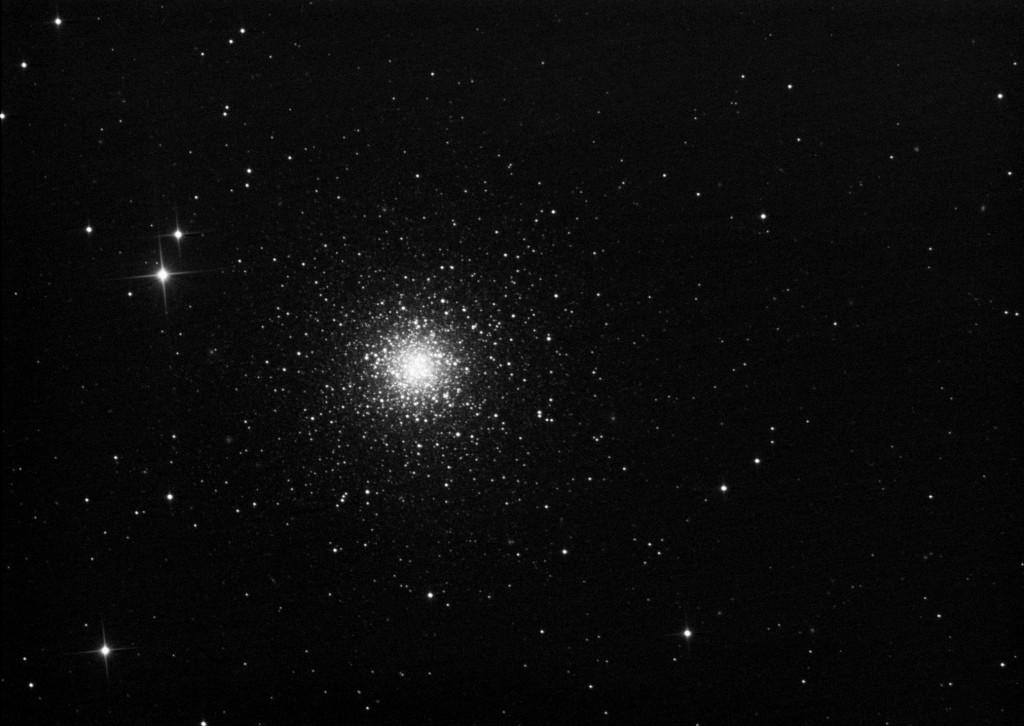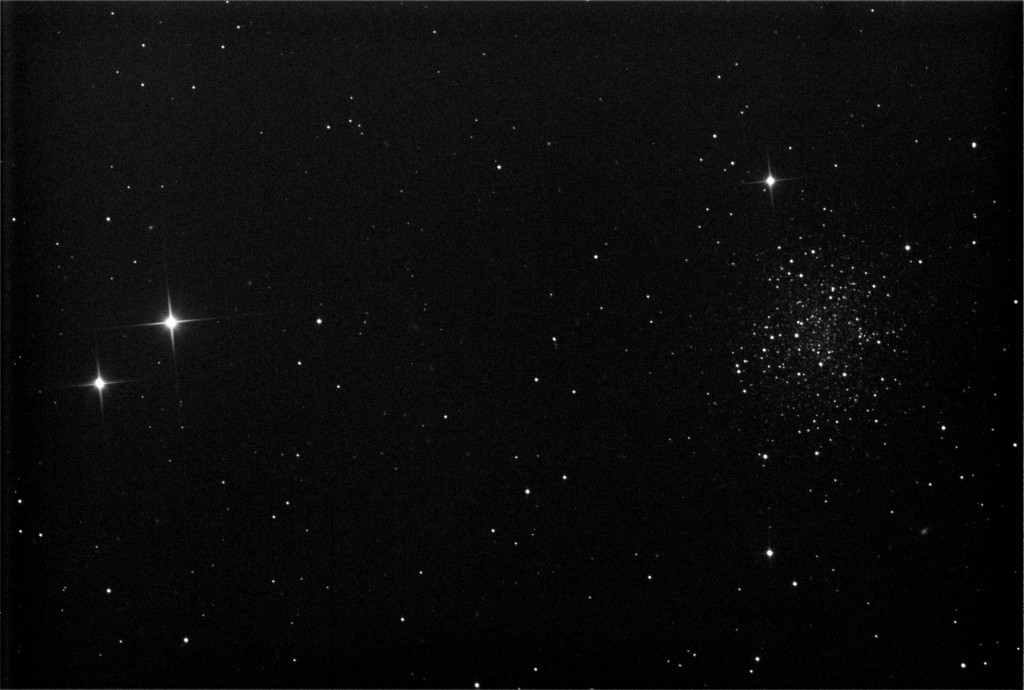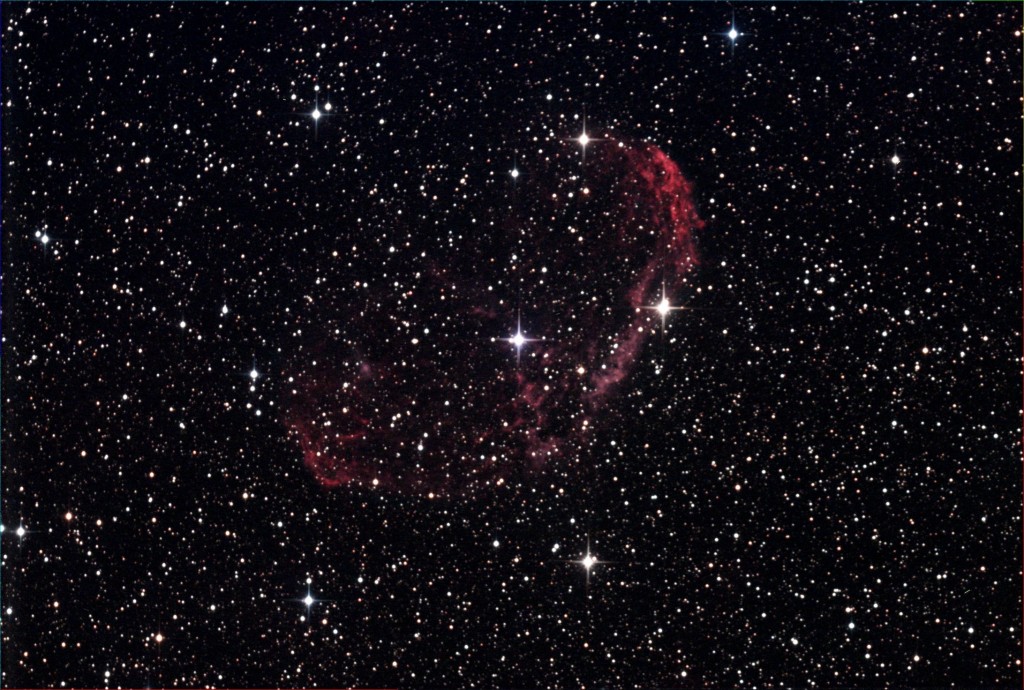The sky-glow due to a waxing moon had called a halt to the imaging that I was doing, so I decided to cut the evening short. I was able to get an astrometry series of (90462) 2004 CA36 accomplished before the sky had gotten too bright. My habit is to check the meteor detector results each morning, since I couldn’t possibly miss anything in the sky while sitting in the observer’s chair. But last night I decided to do a quick check before locking up. This is what I found.
[youtubegallery]
[/youtubegallery]
The apparent bolide was travelling roughly north to south. North is up; West is right in the video. The time stamp shows just about 5 seconds from first sight to post flash.
I must have been very intently processing images to have missed this. OK, maybe I nodded off. Either way, I did not hear or see anything but as you can tell the telescope was pointed away from the flight path. I have not heard of any visual sightings yet. I will update this post if I do.
UPDATE (3 July 2012) : Fellow EAAA member Dewey Barker provided the following visual observation. The EAAA held a star gaze at Big Lagoon State Park on Friday night (the 29th).
“Lyen and I saw this during the Big Lagoon Gaze Friday night and I had forgotten to mention it in my report. I had just stepped away from Lyen’s scope and was looking towards Lyra. It was a slow moving object and seemed kind of low and it initially broke into at least 5-6 separate streamers before flaring up and vaporizing. It was bright enough to cast shadows and was also spotted by Perry V. in Pace. He gave me a call to see if we had seen it as well. Based on trajectory and the break up, I suspected that this might have been space junk, but I sure wish I had my camera out for this one, it was stunning.”
Dewey, thanks for the confirmation.


